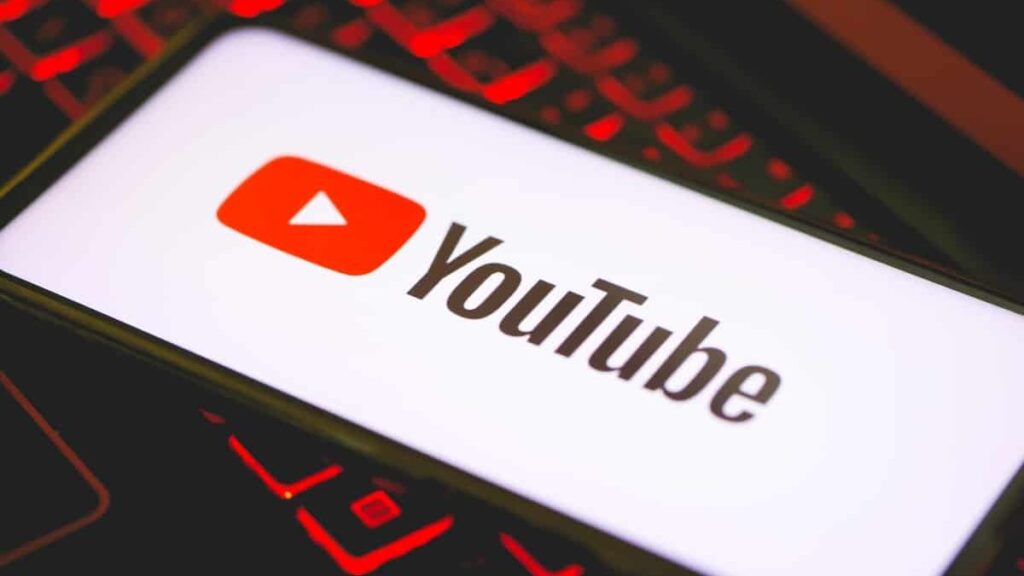If you're a YouTube creator, you know that the platform's rules are the law of the land. For years, we've navigated the complexities of copyright and advertiser-friendly guidelines. Now, in the age of generative AI, a new and crucial chapter has begun.
YouTube has rolled out a significant new policy that directly addresses the rise of AI-generated content. The platform is now requiring creators to disclose when they use AI to create altered or synthetic media that looks realistic. This isn't a suggestion; it's a new rule tied directly to monetization and the health of your channel.
This is a pivotal moment for content creation. Let's break down exactly what this new policy means, what you need to disclose, and the steps you must take to ensure your channel remains in good standing.
The Big Change: Transparency in the Age of AI
The core of the new policy is about transparency. YouTube wants viewers to know when the content they are watching isn't real, especially when it deals with sensitive topics or depicts realistic events. To achieve this, creators are now required to use a new tool in the upload process to declare if their content is AI-generated.
When a creator discloses this, YouTube will apply one of two types of labels to the video:
- A label in the description for most AI-generated content.
- A more prominent label on the video player itself for content dealing with sensitive topics (like elections, ongoing conflicts, or public health crises).
The goal isn't to punish the use of AI, but to provide viewers with critical context.
What You MUST Disclose vs. What You DON'T
This is the most critical part for every creator to understand. The rules are nuanced. You don't have to disclose every single use of AI. YouTube is primarily concerned with media that a viewer could mistake for reality.
Here’s a simple breakdown based on YouTube's official guidelines:
You MUST disclose when using AI to create:
- A realistic-looking person: Making a digitally created person look and sound like a real human.
- Altering real footage: Changing footage of real events or places to make it look like something else happened (e.g., making it appear a real building is on fire).
- Depicting realistic events you didn't film: Generating a lifelike scene of a fictional major event, like a tornado moving toward a real town.
- Making real people say or do things they didn't: This is the big one—using AI to create “deepfakes” of public figures or private individuals.
You DO NOT need to disclose when using AI for:
- General production assistance: Using AI to generate scripts, video ideas, or automatic captions.
- Productivity tools: Things like AI-powered color correction, image stabilization, or removing background noise.
- Clearly unrealistic visuals: AI-generated content that is obviously animated, fantastical (e.g., a person riding a unicorn), or part of a surreal visual effect.
How to Comply: Using the New Disclosure Tool
YouTube has made the disclosure process part of the standard upload workflow in YouTube Studio.
- When uploading your video, in the “Details” section, you will see a new question asking about “Altered content.”
- You will be presented with two main options: “Yes” or “No.”
- If you select “Yes,” you will be asked to provide more detail, specifying whether the content involves a realistic person, altered footage, etc.
It's a simple set of checkboxes, but choosing the right ones is now a critical part of the publishing process.
The Consequences of Getting It Wrong
YouTube is taking this new policy very seriously. Failing to disclose when you are required to can lead to significant penalties, including:
- Content removal.
- Suspension from the YouTube Partner Program (YPP), meaning a loss of monetization.
- A permanent “violative” label being applied to your content that cannot be removed.
This is a necessary and responsible move from YouTube. In a world where deepfakes and misinformation can spread like wildfire, providing viewers with clear context about the authenticity of what they're watching is no longer a “nice to have”—it's an absolute necessity.
For creators, this policy adds a new layer of responsibility. It forces us to be more conscious and transparent about the tools we use. While some may see it as a burden, it’s ultimately a step towards building a more trustworthy and sustainable creator ecosystem.
For our fellow geeks creating content in Angola and around the world, our advice is simple: when in doubt, disclose. Adapting to these new rules isn't just about protecting your channel; it's about respecting your audience and being a responsible citizen of the internet.



